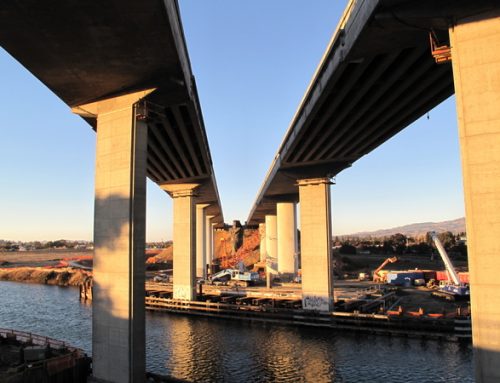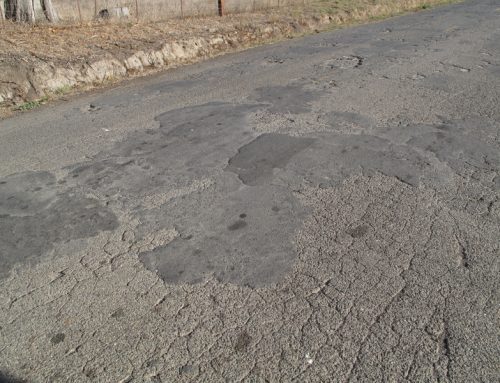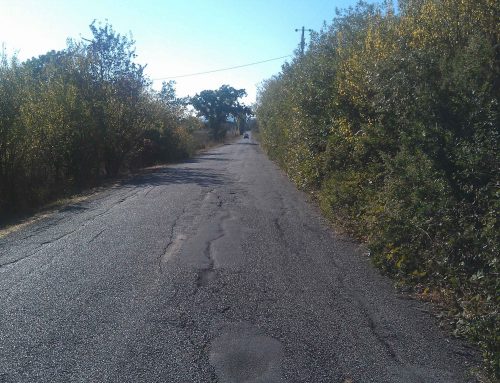Two readers and the CHP remind us that winter weather brings new responsibilities — if it’s foggy or raining, head lights are required. And don’t forget about mating season.
Dear Road Warrior: With the rain coming, I would like to remind folks that they need to have their lights on while operating their windshield wipers. Safety first, plus it is the law! — Natasha
Dear Road Warrior: We’ve had several foggy mornings recently, some with heavy fog. However, I’ve noticed that many drivers don’t turn on their headlights, even when visibility is very poor. Several of the cars with headlights off were grey, silver, or white in color, making them even more difficult to see. This seems dangerous, particularly on two-lane roads without a shoulder (most of west county) or with fairly high speed limits (Hwys 116 and 1, and Stony Point Road, for example). I want to see a car before it veers over the center line and hits me, as happened a few months ago on Stony Point. The CA vehicle code requires usage of headlights when visibility is less than 1,000 yards or when the windshield wipers are in use (24400c1-2). Please turn them on! — Elizabeth
The National Highway Traffic Safety Administration reports more than 1.5 million weather-related crashes each year throughout the U.S. To improve your odds of a safe trip, AAA adds these suggestions in the November issue of Via magazine:
Drive at one-third your customary speed in heavy rain, and use low beams to prevent glare.
Stick to the middle lanes if you want to avoid deep puddles and flooded areas.
Increase the distance you leave between cars, since braking on wet roads can take two to three times longer.
If it’s raining so hard you can’t see the road or the car in front of you, pull to a safe location and wait it out. Don’t stop on the roadway.
Watch out for deer and elk
CHP Patrol Captain Adam Jager reminds us that autumn is deer mating season, which means deer are on the move and less cautious about darting out into the road. It is also mating season for elk, which are less numerous than deer, but just as hazardous to motorists in northern California.
He suggests these tips:
Pay special attention between sunset and midnight, the hours shortly before and after sunrise, and in foggy conditions. Most deer-vehicle collisions occur during these times.
Drive carefully in areas known to have high deer populations. Places where roads divide agricultural fields or streams from forestland are particularly dangerous.
If you see a deer, slow down. Others are probably nearby.
Use high-beam headlights when there is no oncoming traffic. The high beams can reflect off animal eyes and warn you of their presence.
If a deer is in your lane, brake firmly but stay in the lane. The most serious crashes occur when drivers swerve.
Don’t rely on deer whistles, deer fences or reflectors to deter deer.
Always wear seat belts when driving.
If your car strikes a deer, don’t touch the animal. If the deer is blocking the highway, call 911.



